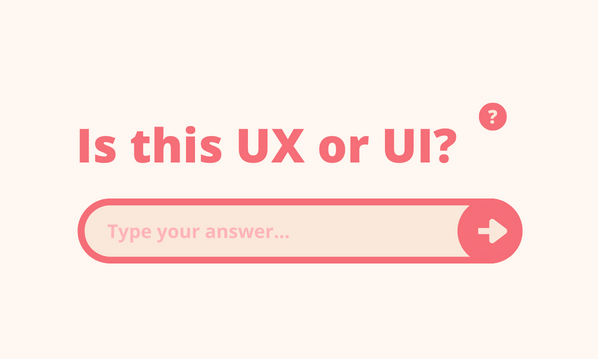There is a commonly believed myth that SEO and user experience don’t work together.
The fact is they are the Batman and Robin of digital marketing. If you try and split this couple up, you’ll end up with a lovely site which no one finds, or a site a lot of people find but bounce away from straightaway. This couple really are together forever. And KAPOW!!! to any Black Hatter SEO Wizards out there who try and persuade you otherwise.
Why SEO and user experience make a perfect couple
1. SEO and user experience share the same objectives
- SEO aims to use the most important words from a user point of view to drive the most traffic and the most revenue from search rankings. So more people find your site. See ‘What is SEO’ for more information.
- User experience aims to use (among other things) keywords that are relevant to your users throughout your site (page titles, navigation, copy) to improve site usage. See ‘What is user experience’ for more information and what else user experience involves.
2. Your business shares objectives with Google
- Your customers will be Google customers. 90% of Internet users use Google to search.
- You aim to give the best quality to your customers – it makes the most sense. Google want to “to organise the world’s information and make it universally accessible and useful.” They want the best quality information to be quick and easy to find by searchers. Their Panda release in Feb 2011 was all about increasing the quality of their content to users.
3. The complete user journey includes both search engines and your website.
The User Journey for your website doesn’t start with the homepage of the site, it starts with the user’s journey, which in 90% of cases in the UK will start on Google. SEO is all about helping users to find what they are searching for as quickly and easily as possible using their own search terms. Your website won’t get found by people searching unless it is SEO/ SEM optimised, and the search journey hasn’t fully considered the user. Once found it won’t get used if it isn’t designed around users.
4. Online readability and SEO share objectives
Thinking about how users read online is part of the thinking about the user experience. Users don’t read online like they read a printed item. Online readers scan. They especially scan in an F-Shape across the top and down the left of the page. Keywords in subheadings and copy help users to understand content. So, good quality online readable content which users can quickly scan, and will find more of, because it is also search engine friendly.
If you ever meet a potential supplier selling user experience or SEO and they try to tell you one is more important than the other, alarm bells should go off with a very loud KLANK!!!!!





